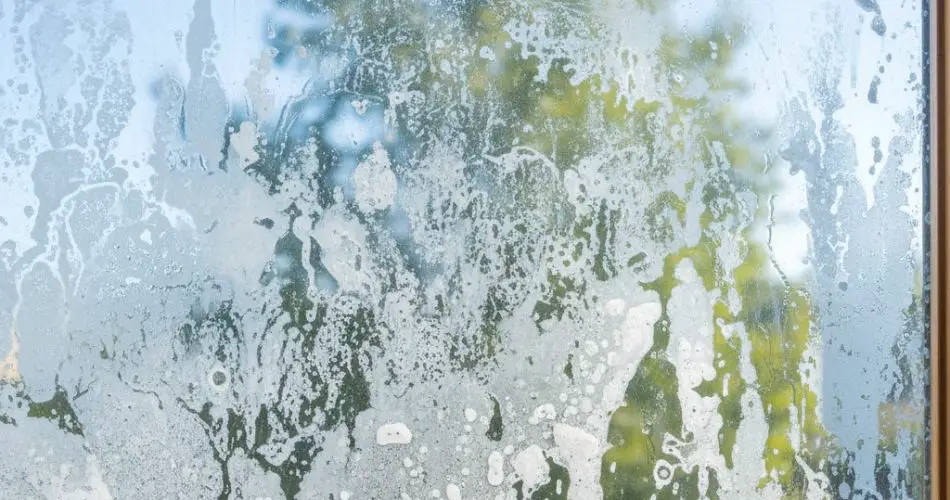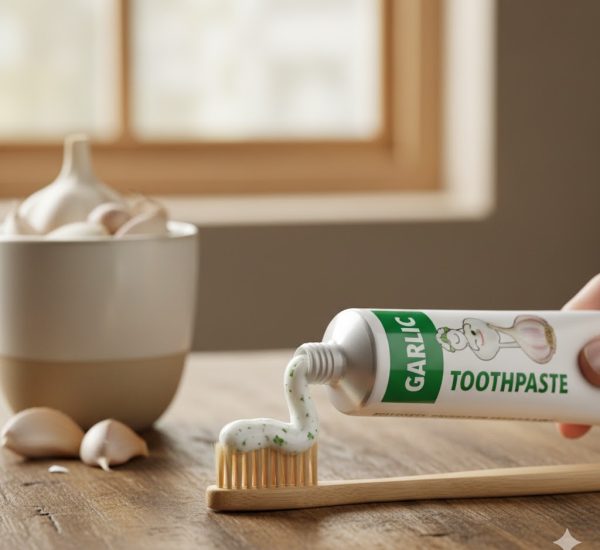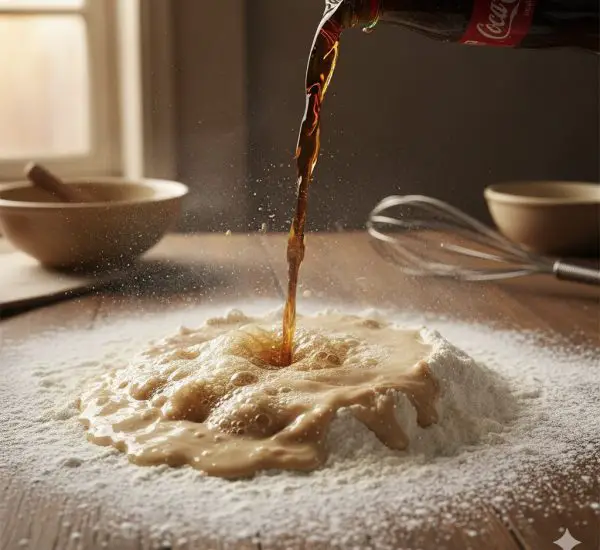Cleaning windows and removing water and soap stains can be a daunting task for many homeowners. Over time, limescale, soap scum, dust, and other residues accumulate on glass surfaces, creating stubborn marks that seem almost impossible to remove. Yet, with a few practical home remedies and some patience, you can restore your windows to sparkling cleanliness without spending a fortune.
Why Windows Get Stained Easily
Windows are constantly exposed to environmental factors such as rain, dust, pollen, and even pet hair. When neglected, dirt builds up and combines with water and soap residues from routine cleaning, forming unsightly spots and streaks. These marks not only spoil the appearance of your home but can also be frustrating to tackle, especially when traditional commercial cleaners fail to deliver the desired results.
Many people believe that achieving perfectly clean windows requires excessive scrubbing, special equipment, or expensive cleaning products. In reality, most of the materials you need are likely already available at home, making this task simpler, cheaper, and more eco-friendly than you might think.
Preparation is Key
Before starting, it’s important to prepare the area properly. Move any objects near the windows to avoid interference and gather all necessary supplies. Having everything ready helps minimize wasted time and effort and ensures the cleaning process is smooth and efficient.
Common items you may need include: a spray bottle, microfiber cloths, sponges, a soft brush or old toothbrush, vinegar, baking soda, dish soap, and even a bit of WD-40 for extra shine. Each of these items can play a role in tackling different types of stains, from dust and water spots to stubborn soap residues.
Homemade Cleaning Solution for Window Frames and Glass
A highly effective method for cleaning window frames involves combining everyday household ingredients. Mix one liter of water with three tablespoons of hydrogen peroxide (40 volumes) and two tablespoons of baking soda. If preferred, you can replace the baking soda with just half a teaspoon of dish soap.
Pour or spray this mixture directly onto the window frames. Even if some solution touches the glass, it won’t cause harm. Allow it to sit for up to an hour so it can break down grime and stains. Once the time has passed, rinse thoroughly with clean water. For particularly stubborn spots, gently scrub with a soft brush or an old toothbrush. The result is frames that look cleaner and fresher than when using costly commercial products that may not always work effectively.
Removing Water Spots and Streaks with Vinegar or Dish Soap
For glass surfaces, water stains and soap residues are common issues. One of the most effective home remedies is a solution of vinegar and water. Mix 100 milliliters of vinegar with half a liter of warm water and apply it directly to the glass. Vinegar acts as a natural degreaser, cutting through water spots, soap scum, and dust while leaving the glass shiny and streak-free.
Alternatively, dish soap can be used for the same purpose. Dissolve a teaspoon of dish detergent in half a liter of water, apply to the glass, and wipe clean. Surprisingly, even a raw potato can be used to polish windows. By rubbing a halved potato over the glass and wiping it off, you can achieve a noticeable shine.
Tackling Stubborn Soap and Water Stains
When water stains are severe or have been left on the glass for a long time, another method can yield remarkable results. Use a slightly damp abrasive sponge, like those typically used for scrubbing sinks or pans. Gently but firmly rub the stained areas to lift the buildup. The key is to wet the sponge lightly to avoid scratching the glass while still providing enough friction to remove the residue.
After scrubbing, take a damp cloth, spray a small amount of WD-40 on it, and gently wipe the glass. WD-40 is a versatile product that works not only on metal and plastic surfaces but also on glass, helping remove streaks and providing a brilliant shine. To finish the cleaning process, wipe the glass with a paper towel or a section of a paper roll. The result is crystal-clear windows that appear brand new—without spending a single cent on expensive cleaners.
The Benefits of Using WD-40 for Window Cleaning
Many people may not realize that WD-40 is not just for automotive or mechanical use. It can be a valuable tool in household cleaning as well. Its properties allow it to restore shine to various surfaces, including metal, plastic, painted surfaces, and glass. When applied correctly, it can even revitalize yellowed plastic, making it a handy product for multiple cleaning applications.
Tips for Maintaining Clean Windows
Once your windows are spotless, regular maintenance can help prevent the buildup of dirt, soap, and water stains. Wipe the glass at least once a week using a microfiber cloth and a mild vinegar solution. Avoid using harsh chemical cleaners that can leave streaks or damage the surface over time. Installing water-repellent treatments or squeegeeing water off after rain or shower use can also reduce spotting and make future cleaning easier.
Conclusion
Cleaning windows doesn’t have to be an exhausting or expensive chore. With simple, readily available household items like vinegar, baking soda, dish soap, and even WD-40, you can effectively remove water spots, soap scum, and dust, leaving your windows sparkling and clear. By preparing properly, using the right techniques, and maintaining a regular cleaning schedule, you can achieve results that rival professional cleaning services—saving both time and money in the process.
Clean, clear windows can dramatically improve the look of your home, allowing more natural light to brighten your space and enhancing the overall atmosphere. By using these practical, cost-effective methods, you can keep your windows in pristine condition throughout the year, no matter the weather or level of dirt.



